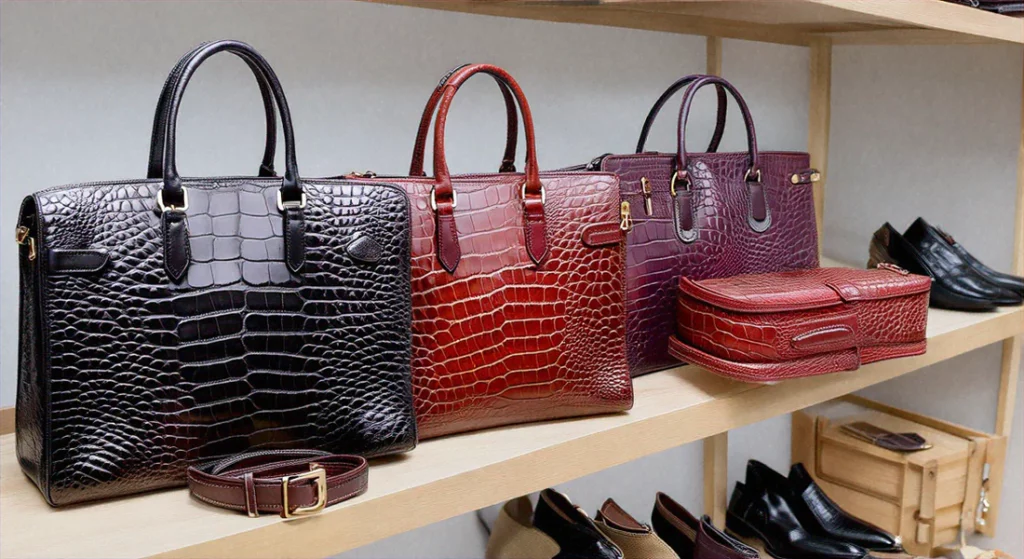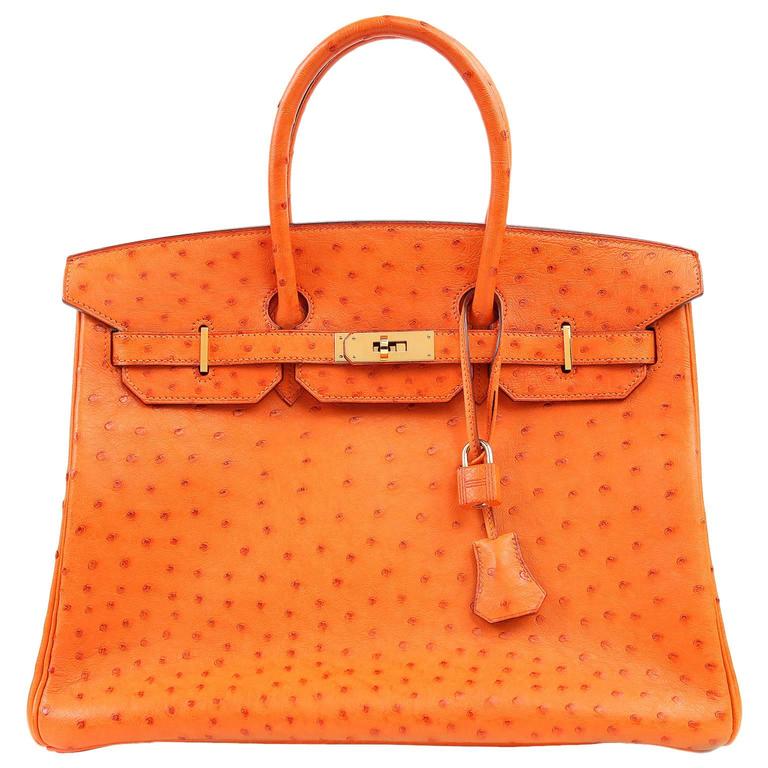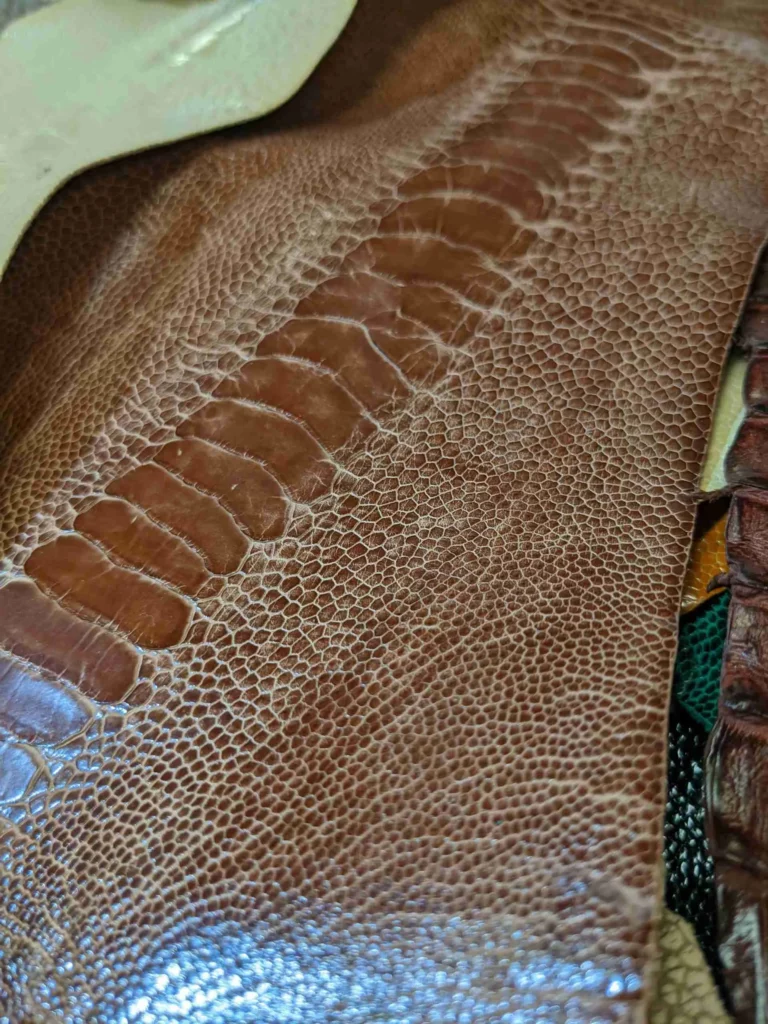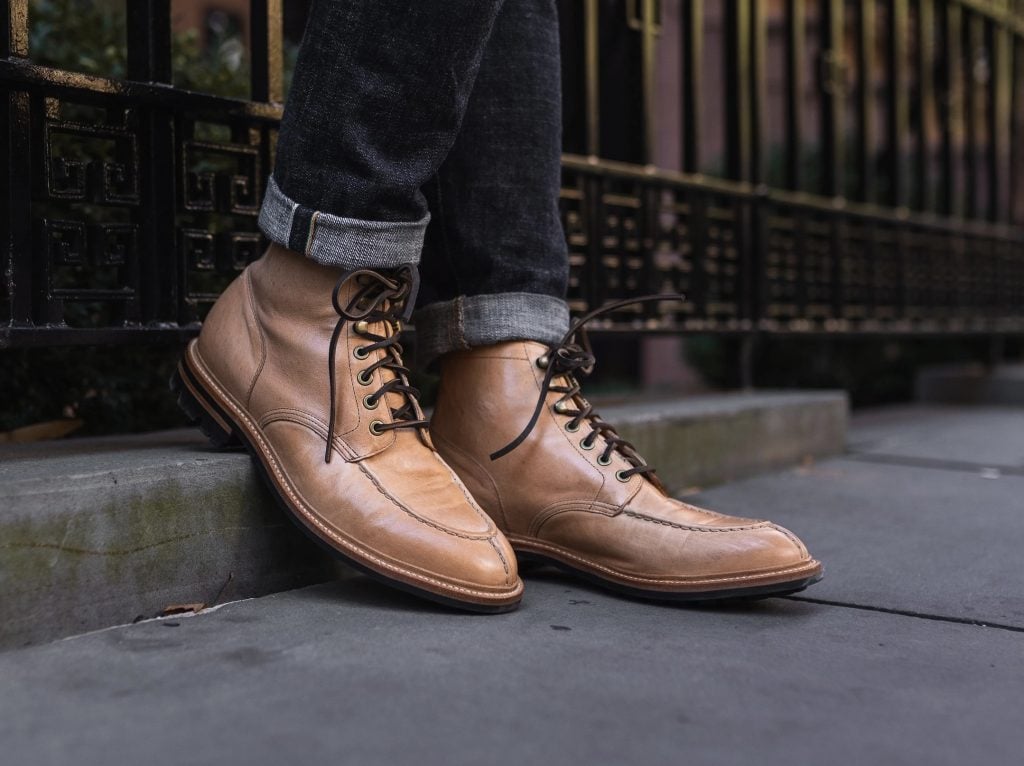Luxury goods often feature exotic leathers, which are highly prized for their rarity and unique qualities. These leathers are increasingly popular in high fashion and furniture. Let’s explore crocodile, ostrich, and other exotic leathers to understand their special features.
Exotic leather comes from less common animals, unlike typical cowhide or sheepskin. This includes crocodile with its distinct pattern, ostrich with its textured surface, as well as lizard, snake, stingray, and kangaroo. Each hide has unique textures, patterns, and physical properties suitable for different uses. The term “exotic” highlights the extraordinary nature of these materials.
Choosing exotic leather impacts a product’s look, durability, and value. Their unique textures and patterns create luxurious and eye-catching items. Many exotic leathers are very durable, ensuring the longevity of high-quality goods. The skill required to work with these materials also enhances the product’s perceived quality. Understanding each leather’s attributes helps manufacturers select the best material for both appearance and performance.
Crocodile Leather: Luxury and Toughness
Crocodile leather is known for its luxury and strength. It has a pattern of large scales with noticeable ridges. Different parts of the hide have varying textures. The belly skin is smoother, while the back skin is more rugged and durable. Head bumps, or hornbacks, can help identify the crocodile species. True crocodile leather has ISO pores, tiny sensory pits on each scale.
Crocodile leather is very durable and resistant to wear, often compared to a protective shell. It’s also flexible enough for various leather goods, from shoes to bags (when reinforced). The belly skin is particularly soft. Over time, it develops a rich patina, enhancing its beauty and value.

However, crocodile leather is expensive due to its luxury status and limited availability. Hand-sewing can be difficult because of the uneven scales. Despite its reputation, it’s not fully waterproof and can be damaged by prolonged water exposure. Ethical sourcing from CITES-compliant suppliers is crucial. The high price reflects its exclusivity and superior quality. Skilled manufacturers are needed to handle its complexities.
Crocodile leather is used in many luxury items like wallets, shoes, handbags, belts, inlays, and watch straps. Its exclusivity and durability make it ideal for high-end handbags and shoes. The back skin is often used for wallets and watch straps, where the hornbacks add a unique look.

Expert Tip: Genuine crocodile leather feels smooth and supple, unlike hard, plastic-like embossed leather. Authentic scales are unique and non-repeating, with a natural size and shape transition. Look for ISO pores on the scales. Alligator leather has an umbilical scar and a 2-2-2 head bump pattern , while crocodile has a 4-2 pattern. The high price also indicates authenticity.
Key Differences Between Crocodilian Leathers
| Feature | Crocodile Leather | Alligator Leather | Caiman Leather |
|---|---|---|---|
| Scale Pattern | More uniform, often with a dot in each tile (ISO pore) | Slightly less even, irregular patterns, umbilical scar | Smaller, more rigid scales, bony deposits cause crinkling |
| Texture | Softer, smoother | Softer, smoother | More rigid, rougher |
| Pliability | Pliable | Pliable | Less pliable, cracks when creased |
| Head Bumps | 4-2 pattern | 2-2-2 pattern | 4-4-2 pattern |
| Cost | High | Highest | Less expensive |
| Flexibility | Versatile | Varies by finish | Firmer |
| Ease of Working | Can be challenging due to scales | Easier to work with | Can be difficult due to bony deposits |
Export to Sheets
Ostrich Leather: Unique Texture and Strength
Ostrich leather is known for its distinct pattern of raised bumps or ‘quills’ from feather follicles. The ‘crown’ area has the most quills and is the most valuable. Finishes include full quill (highly textured), partial quill (subtler), and smooth (minimal quills). Natural oils in the skin make it soft, flexible, and resistant to drying and cracking.
Ostrich leather offers several benefits for luxury goods. It’s soft yet strong and durable, often compared to cowhide and more water-resistant and elastic than crocodile leather. Its flexibility makes it ideal for products needing bending without cracking. Chromium tanning allows for vibrant, lasting colors. Its lightweight nature adds to its appeal for garments and accessories.

Sewing ostrich leather can be tricky due to its stretchiness and unevenness from the quills. Thread tension needs careful management. It’s not waterproof, and water can damage it. Quality is graded based on blemishes, size, bird maturity, quill density, and leather thickness, affecting price and use.

Ostrich leather is used in high-end items like the Hermès Birkin , as well as shoes, boots, wallets, belts, luggage, upholstery, and car interiors.
Key Consideration: Ensure you buy genuine ostrich leather from reputable suppliers to avoid imitations with uniform, pressed indentations. Real ostrich leather has unique, raised quills that can be lifted. The leather grade indicates blemishes and crown quality, influencing its suitability. Also consider the hide’s size and thickness for your intended use.
[Image Placeholder: A visual guide comparing real and faux ostrich leather, highlighting the quill patterns]
Beyond Crocodile and Ostrich: Other Exotic Leathers
Besides crocodile and ostrich, other exotic leathers offer unique characteristics.
Lizard Leather: Known for its smooth texture and fine, uniform scales, lizard leather is a refined option for luxury goods. Its light weight and flexibility make it great for small accessories like wallets and watch straps, as well as larger items like handbags. Types include Teju, Nile, and Ring lizards, each with slightly different scales. Despite its delicate look, lizard leather is quite durable.

Snake Leather: With its distinctive patterns of overlapping scales, snake leather offers a bold, exotic look. Its light and supple feel makes it popular for wallets, belts, shoes, and clutches. Common types are python, cobra, and karung. Ethical sourcing is important, leading to demand for farmed or synthetic alternatives.

Stingray Leather: Recognizable by its bumpy texture from calcium nodules, stingray leather is very durable and resistant to scratches and punctures. It was historically used for armor. It’s also naturally water-resistant. It’s used for durable wallets, watch straps, small bags, and motorcycle seats.

Kangaroo Leather: Featuring a tight collagen fiber structure, kangaroo leather is strong yet lightweight. Its flexibility makes it ideal for sporting goods and gloves. It’s also abrasion and tear-resistant, suitable for motorcycle gear and athletic footwear. Common uses include athletic shoes, motorcycle suits, gloves, wallets, and whips.

Ethical Sourcing in the Exotic Leather Industry
Ethical and sustainable sourcing of exotic leathers is crucial. Illegal poaching threatens endangered species. Regulations like CITES monitor the trade. Farmed exotic leather is a better option for quality and traceability, and it can support local economies. Manufacturers and consumers should choose suppliers committed to ethical practices and seek certifications. Transparency in sourcing builds consumer trust.
Caring for Exotic Leather Goods
Proper care is key to maintaining exotic leather goods. Keep them away from moisture, direct sunlight, and extreme temperatures. Regularly clean with a soft, dry cloth. Use specialized leather conditioners for exotic leathers to maintain suppleness.
Specific care tips:
- Crocodile: Avoid prolonged water contact and use reptile leather conditioners.
- Ostrich: Wipe with a slightly damp cloth and store in a dust bag. Condition regularly.
- Lizard: Keep dry and use exotic leather products. Condition regularly.
- Snake: Wipe in the direction of the scales to avoid damage.
- Stingray: Dust with a damp cloth. It’s water-resistant but avoid prolonged exposure.
- Kangaroo: Clean with a moist cloth and use leather cleaners and conditioners. Store in a cool, dry place.
Conclusion: Understanding Exotic Leathers for Quality Craftsmanship
Crocodile, ostrich, and other exotic leathers offer unique beauty and characteristics. Understanding these differences is vital for manufacturers aiming to create exceptional products. By appreciating their properties, benefits, and care needs, manufacturers can make informed choices, leading to superior leather goods. Our company is committed to quality, ethical sourcing, and expert craftsmanship, ensuring our exotic leather products reflect their inherent beauty and value.
